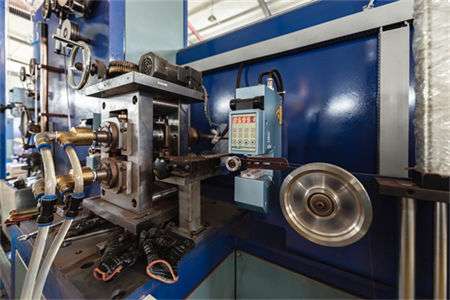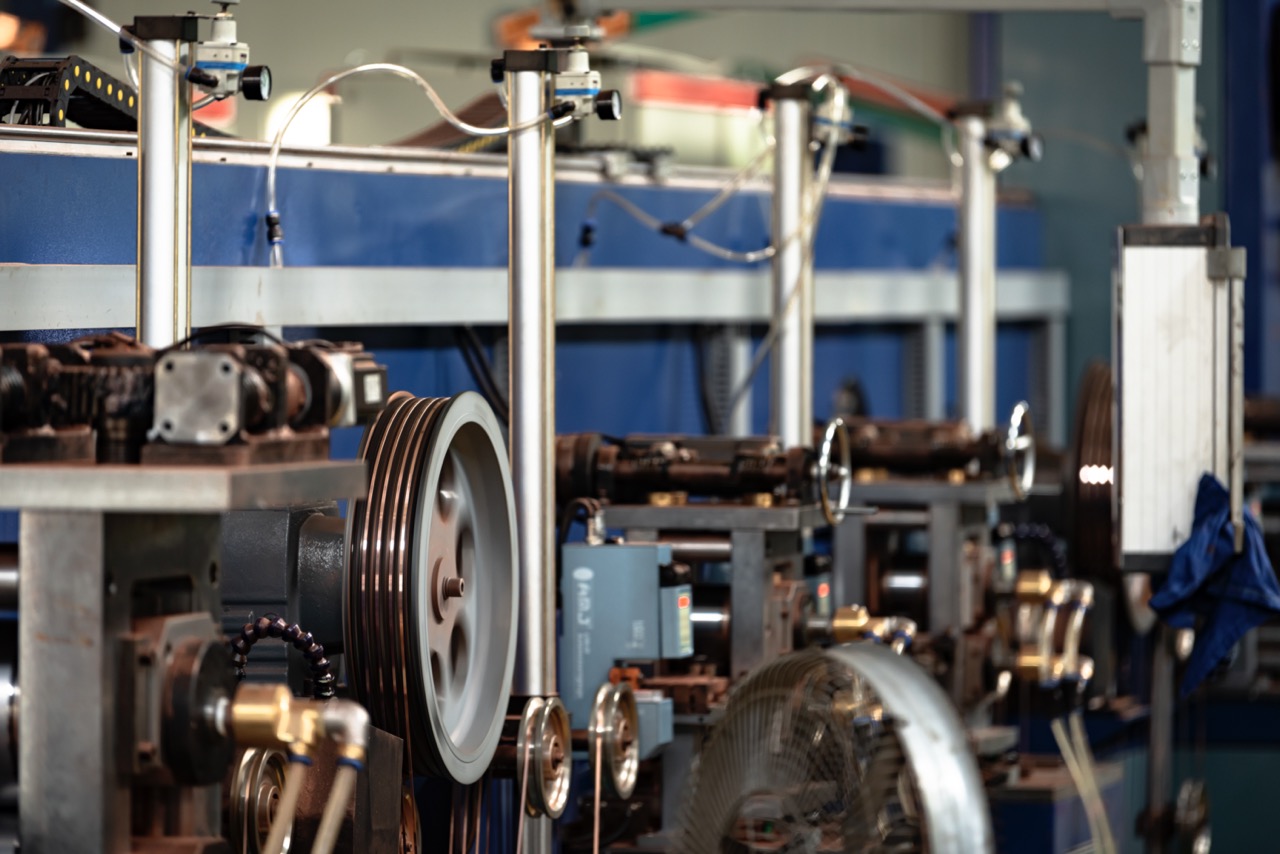choosePhotovoltaic welding ribbonThe size usually depends on the specificSolar CellsModule design and application requirements. The following are some factors that affect the selection of photovoltaic ribbon size:
1. Cell size: The width and length of the PV ribbon usually need to be adapted to the size of the solar cell. Make sure the ribbon is long enough to connect the cell and provide enough margin for connection, but not too long to avoid waste.
2. Cell layout: Different solar cell module layouts may require different sizes of PV ribbons. For example, some modules may use series cells, requiring longer ribbons, while others may use parallel cells, requiring shorter ribbons.
3. Current requirements: The current transmission requirements will also affect the size of the solder ribbon. Components with higher current requirements may require wider solder ribbons to reduce resistance losses.
4. Impedance considerations: The width and thickness of the PV ribbon can affect the impedance of the battery assembly. Wider ribbons generally have lower resistance, but also require more material, so a balance needs to be struck between performance and cost.

5. Thermal characteristics: The size of the PV ribbon also affects its thermal characteristics. A wider ribbon may have better heat dissipation performance, helping to disperse the heat generated by the cell.
6. Production process: The manufacturing process of the solder strip may also affect the size selection. Certain manufacturing processes may be more suitable for producing solder strips of specific sizes.
7. Cost and Feasibility: Finally, cost factors should also be taken into account. Selecting a solder ribbon that is too large may increase manufacturing costs, while selecting a solder ribbon that is too small may affect performance.
In summary, choosing the size of the PV ribbon requires a comprehensive consideration of multiple factors, including cell size, current requirements, impedance, thermal characteristics, cost, etc. Generally, the best choice should be able to meet the performance and reliability requirements of the battery module while being economically feasible. In actual applications, some testing and optimization are usually required to find the best PV ribbon size for a specific project.
